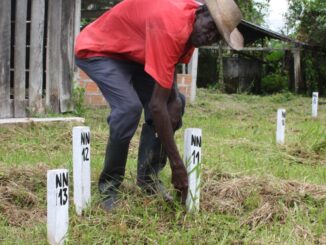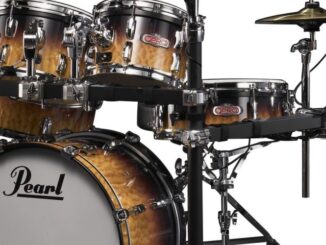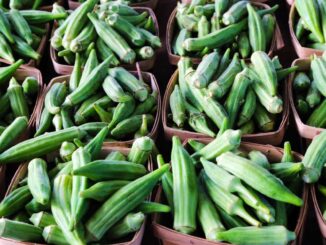
Tap dancing was made famous by (among others) Gene Kelly, Fred Astaire, Gregory Hines and Sammy Davis Junior, who are all well known dancers of ‘rhythmic tap’. Rhythmic tap is a kind of tap dancing whose performers are called ‘hoofers’ as they make a louder sound with their shoes and dance primarily using leg movements.
Tap dancing rose in popularity in the 1930s, 40s and 50s when dancers like Fred Astaire and Ginger Rogers, who were prominent on the vaudeville circuit, migrated to television and film to showcase their talents.
Tap has developed with influence from Irish step and stomp dancing, English clog dancing, ballet, and African dance. In America, dances bought to the states from Africa through the Trans Atlantic Slave Trade were adapted to be incorporated in minstrel shows in the 1820’s. Much later, Gene Kelly was also famous for adding elements from his extensive ballet training and other modern dance forms to tap.
Tap is very rhythmic in its style and the footwork is intentionally percussive, therefore adding a welcoming sound element to the choreography.
Tap shoes are a necessary ingredient for any tap dancer as they provide the sound that sets this dance apart! Tap shoes are fitted with a metal plate on the sole, at the heel and the toe, which makes a clicking noise against the floor when the dancer does a move. Popular tap dance movements are the shuffle, flap, brush, cramp roll and ball change.
Tap shoes usually come in black but are available in other colours and are made of leather for the outer material, canvas for the inside then wood and plastic on the sole. There are several different styles of tap shoes, called the Mary Jane, which are good for beginners, the Oxford, which are flat and better for experienced dancers, and split sole jazz tap shoes which advanced dancers usually wear as they are more flexible for harder dance steps.
The most important part of tap shoes is the sound. The three different sounds for taps are teletone, duotone and supertone. The placement and number of screws at the bottom of the shoes are what produce the different sounds and they are adjustable in order to vary the sounds. Teletone tap shoes are the most common; they have three screws on each tap. Dancers may start to prefer a specific sound once they are used to dancing and the taps that their shoes make.
Comfort is also paramount as dancing in uncomfortable shoes is not enjoyable for anyone. It’s advisable to dance a little in a pair of shoes before buying them and to bear in mind that they may need to be broken in a little before they are ready to be danced in.
Also, fit is important when it comes to tap shoes because the tap sounds will sound different if a shoe is too big or too small, so optimum fit will produce optimum sounds from the shoe.
Once a dancer has decided on the tap shoes they want, the fun part of learning the technique of tap dancing commences. It has been popular throughout history as an entertaining and exciting form of dance. A successful tap dancer needs to be agile as many quick movements are involved in a good choreography routine. If you watch dancers like Sammy Davis Jr. or Fred Astaire performing, it’s not hard to guess how they stayed so in shape!
Unless otherwise stated, PONIREVO and/or its licensors DO NOT own any intellectual property rights in the website and material on the website. Majority of the site’s content has been scraped and auto posted by a third party artificial intelligence program —– PONIREVO Creation Team.
Proudly WWW.PONIREVO.COM
by Treak Eric



